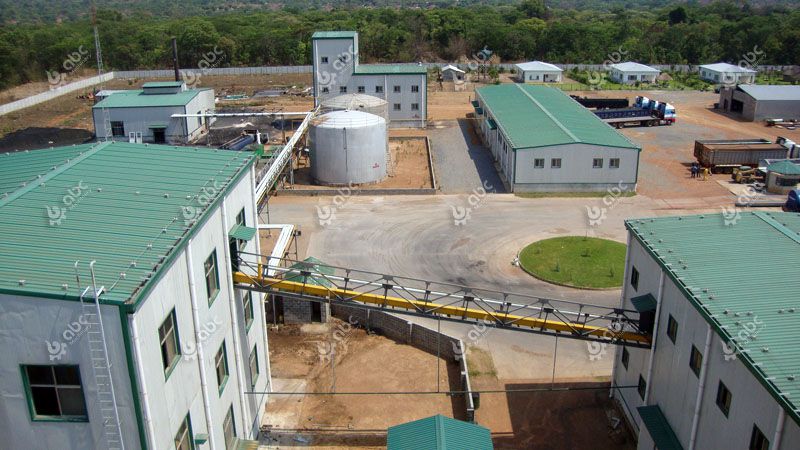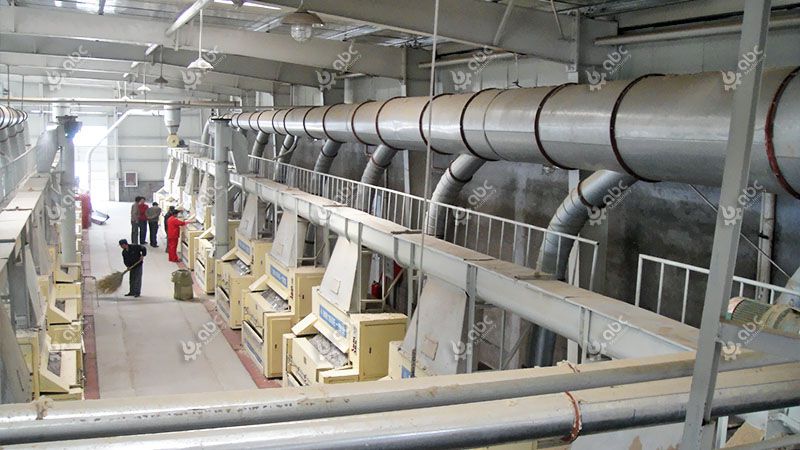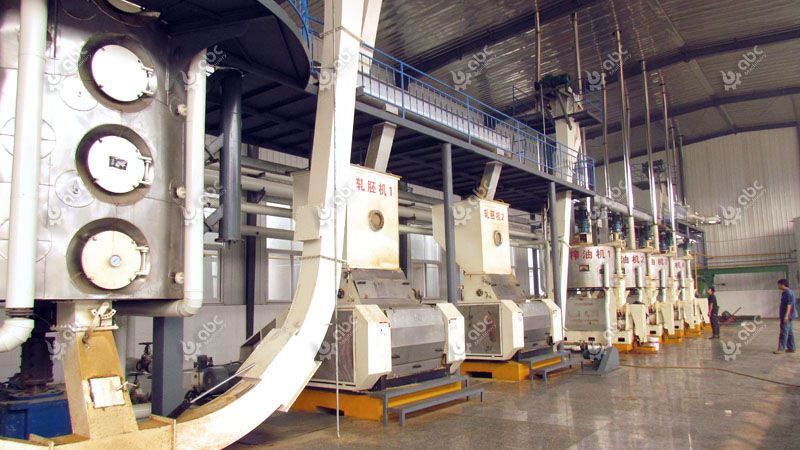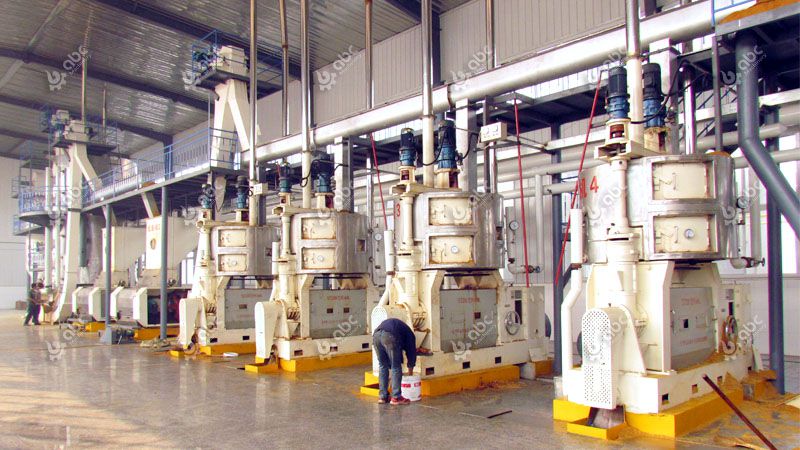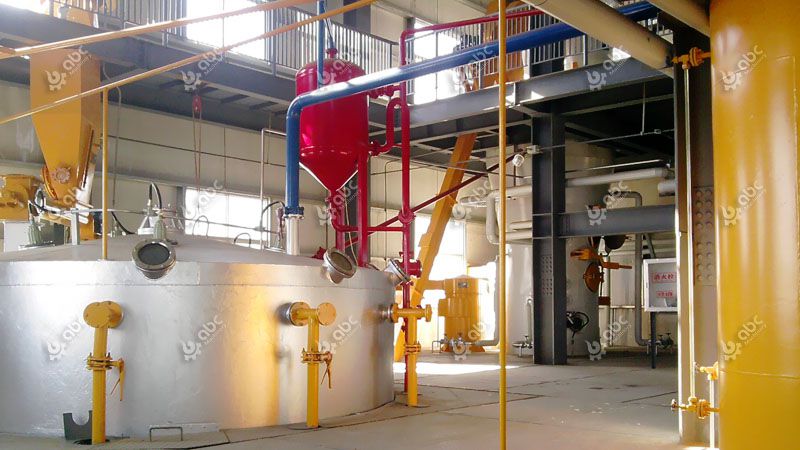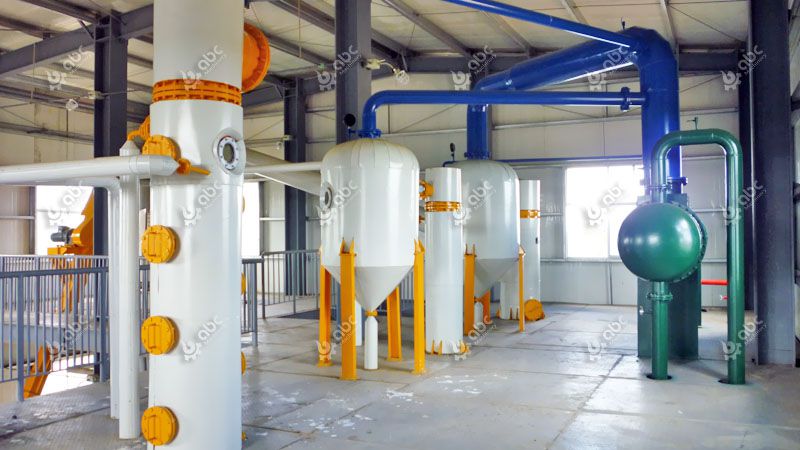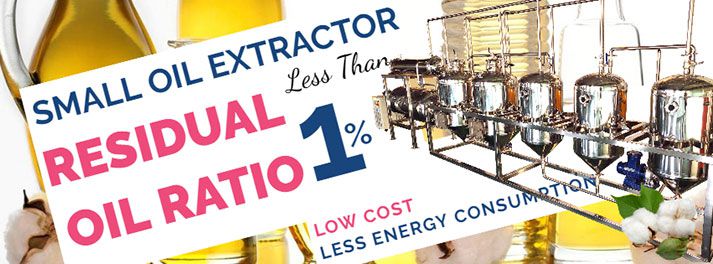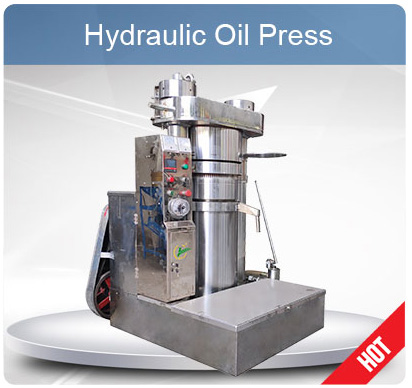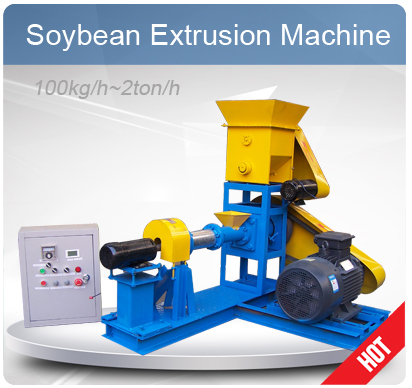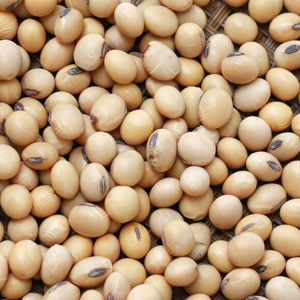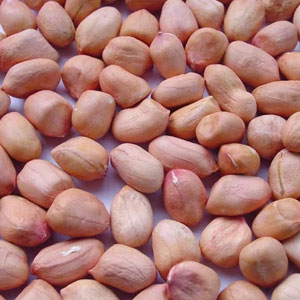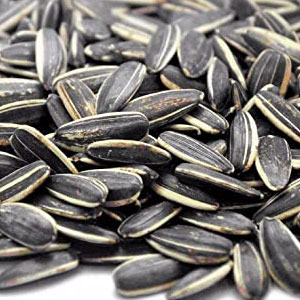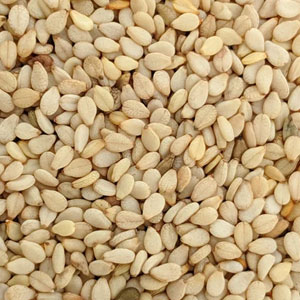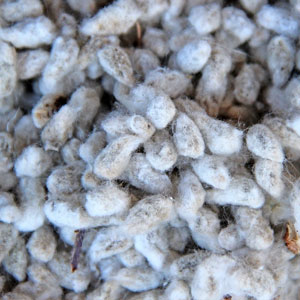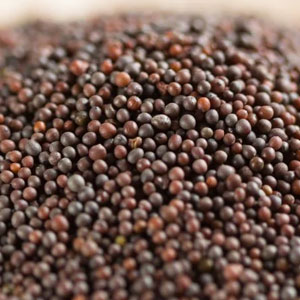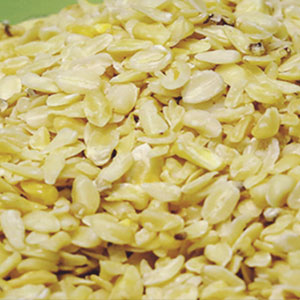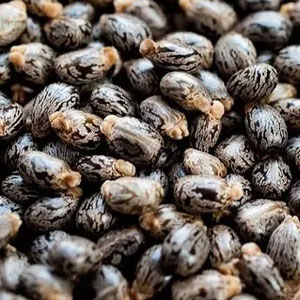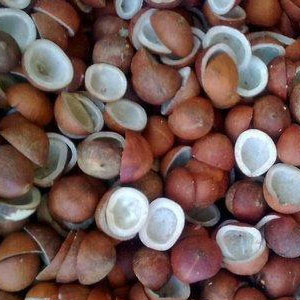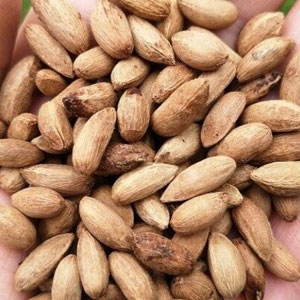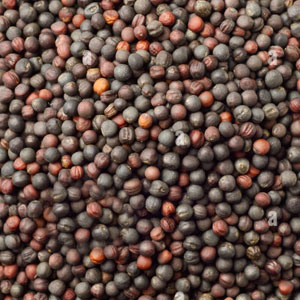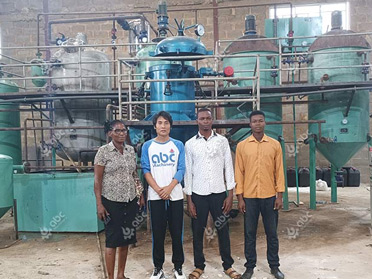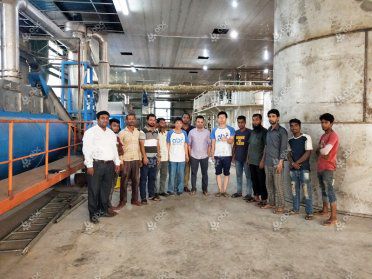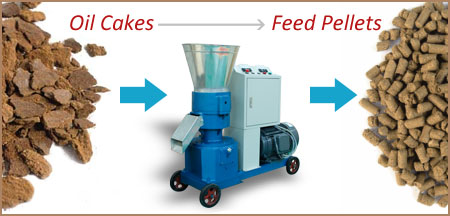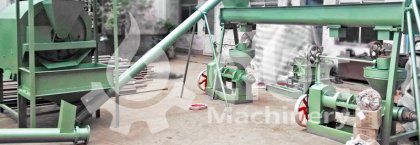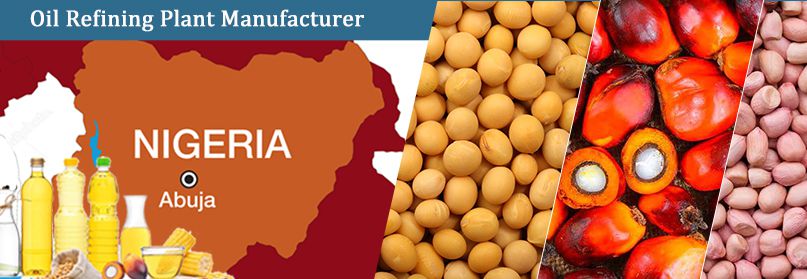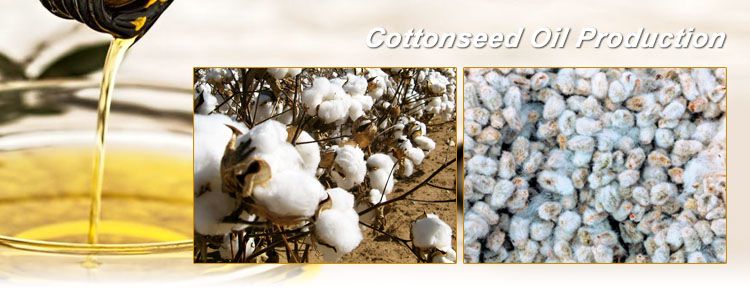
Cottonseed oil is extracted from the seeds of cotton plants. Refined cotton seed oil is edible. India, China, Pakistan, USA and Brazil are among the top producers of cotton seed oil in the world. Let us now know about the various aspects of cottonseed oil plant - it's manufacturing process, world market status and other features.
ABC Machinery have engaged in designing and establishing oil mill plant for almost 20 years and have registered more than 30 patent licenses. We can offer complete equipment for cooking oil extraction and refinery, encompasses the entire production process, including seed pre-cleaning and pre-heating equipment, oil press, oil filtration machinery, and oil refining plant. You are welcome to contact us for detailed information about our machinery or the cost of starting edible oil manufacturing business!
Cottonseed Oil Mill Plant [Project Display]
A cottonseed oil mill plant that has a commercial grade is likely to be compatible with solvent extraction, which requires cottonseed cake solvent extraction workshop, crude cottonseed oil refinery workshop, and cotton seeds pretreatment and pre-pressing workshop. The following products can be derived from a cotton oil mill project: cottonseed soap stock, cottonseed oil, cottonseed hull, and cottonseed oil.
Advantages of Our Project Plan for Processing Cottonseed Oil
- A high percentage of automated tasks for saving labor.
- The use of pre-pressed cake for easier penetration of the solvent.
- Low residual oil content for better meal and oil quality.
- Implementation of a negative pressure evaporation system, less energy, and steam consumption.
Cottonseed contains 0.15% to 1.8% of gossypol, a toxic substance. The cottonseed kernels, on the other hand, can contain from 0.5% up to 2.5% gossypol. After going through refining , the gossypol content is reduced to 0.01%.
Cottonseed Oil Manufacturing Process
Pretreatment and Pre-pressing of Cotton Seeds
- The Delinting Machine / Flanneler
Cottonseeds that have lint will have to go through the delinting machine to remove the lint.
- Cleaning of Cottonseeds
To remove impurities, the cottonseeds will have to go through a cleaning process that includes the use of a vibrating screen, magnetic separator, and winnower. The magnetic separator is used for removing tiny metallic materials. The vibrating screen is needed to remove large impurities. The winnower can get rid of dust and other light impurities.
- Removing the Hulls
Hulls makeup about 40% to 55% percent of cottonseeds and also has 0.3% to 1% oil. You can get 14% to 25% oil from cottonseed and 30% to 40% oil from the kernels. The hulls also have residue wax, pesticide, brown pigment, and lint, which can compromise the quality of cottonseed products. Hence, removing the hulls is very important. The hulls, on the other hand, can be used as livestock feed and growing medium for mushrooms. (Read more about livestock feed production >>)
The common choice of equipment for removing cottonseed hulls is a toothed roller crusher. It has a huge capacity, high kernel rate, good hulling rate, better production, easy low maintenance, and low power consumption.
- Separating of Hull and Kernel
Separating the hulls and kernels can improve the quality of the meal and oil. The vibrating screen is used by cottonseed oil mill plant for this. The hulls go through the hull beater to remove residual kernel pieces.
- Flaking the Cottonseeds
This converts cottonseeds into flakes as well as removes the cell walls that decrease oil yield and its yielding speed. Processing plants use flaking rollers to get ensure that the thickness of the flakes is uniform. These rollers are durable and high-performance.
- Cooking the Flakes
A vertical cooker is used by a cottonseed oil mill plant to cook the flakes. The flakes go straight from the flaking roller to the vertical cooker. The temperature and moisture of the flakes are adjusted in the cooker to reduce gossypol content and improve crude oil quality.
Cottonseed Oil Pressing & Filteration
- Cottonseed Oil Pressing / Expelling (by using Mechanical Screw type Oil Press)
Cottonseeds can be pre-pressed before they get sent directly to the refinery plant. To handle 20 tons of cottonseed per day, the solvent extraction method is used with cottonseed oil prepress to take parts of the oil. The machine used for the job has a large capacity and its cake leaves less residual, which makes it easy for the solvent to penetrate.
- Oil Filtering
Residual oil can be collected with the use of an oil residue scraper. Leaf Filter is used for filtering the oil from the cottonseed. The leaf filters used by processing plants are precise and can easily remove oil residue. The oil will then be pumped into the crude oil tank while the pre-pressed cake is taken for solvent extraction.
Cottonseed Cake Solvent Extraction Workshop
- Extracting Oil from Cottonseed Cakes by Solvent
The extraction of oil involves using an organic solvent, which allows the extraction of oil from the cake inside the extractor. Other extractors such as rotocel extractor, towline extractor and loop type extractor for better production. The solvent with the wet meal and miscella are collected after oil extraction. To remove the fines, the miscella will be pumped into the hydrocyclone. Next, the miscella is taken to the miscella tank.
- Removing the Solvent
To remove the solvent from the meal, the wet meal goes through the DTDC desolventizing in the plant.
- Solvent Recovery
After entering the condensing system, the recycled solvent goes through the holding tank for circulation. Water is extracted and taken to a water tank. The gas from the plant goes through a mineral oil system to have the solvent recovered from it. Recovering the solvent can help lessen the consumption of solvent and make production safer.
Fractionation and Refining Crude Cottonseed Oil
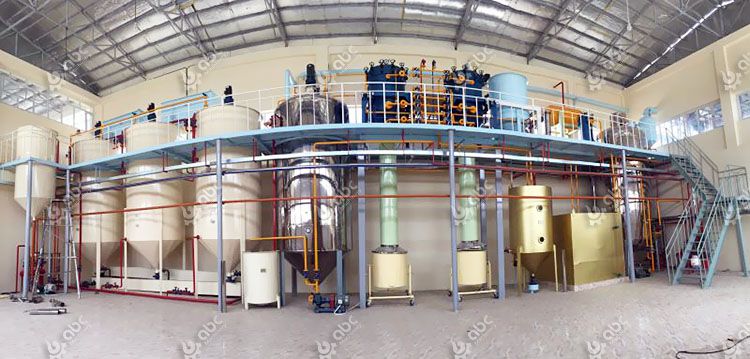
30ton/day Cottonseed Oil Refinery Plant
Refining crude cottonseed oil to produce edible / cooking oil. It involves bleaching, De-acidification, deodorization, and degumming. Fractionation can get solid and liquid oil through solid and liquid separation and cooling crystallization.
Read more about our 30TPD Cottonseed OIl Refinery and Fractionation Plant >>
Start Small Scale Cotton Seed Oil Mill Plant (1~10ton/day)
If you want to build a top quality Cottonseed Oil Mill Plant with or without refning plant, the very first step is to buy high quality oil extraction and refinery machinery - Lesser power consumption, minimum noise during operation and continuous production for better productivity. The following is the HOT Sale Unite for small scale cottonseed oil mill:

HOT Sale Equipment Assembly for Mini Scale Vegetable Oil Producion Line >>
Tips for Running A Cottonseed Oil Mill Plant
Learn about these points before you start your own cotton seed oil mill plant: Conduct thorough research on the what you require for cottonseed oil business in terms of market size, capital and trends. Know your competitors. Make a business plan and write down your planned location, finances and target market. Learn about the rules and regulations. Employ candidates those who are experienced in the cooking oil manufacturing process. The followings are some tips for running a cottonseed oil processing plant:
- Manufacturing of cottonseed oil requires particular storage climate conditions. This heating criteria should be maintained during the entire transport chain.
- The tanks that are needed for transporting cottonseed oils must be completely dry.
- There should be no ventilation under any circumstances.
- Cottonseed oil exhibitions 3rd order biotic activity.
- Though the respiration processes of cottonseed oil are suspended, microbial, biochemical and other decomposition processes still proceed. These decomposition processes must be kept at a low level.
- The gases are required to be measured before anyone enters the empty tank as oxidation processes may result in a dangerous shortage of O2.
- The cottonseed oil has a high possibility to ignite spontaneously if it comes in touch with sawdust or material residues.
- Cottonseed oil has a mild odor when packed, but gradually its odor becomes acrid and unpleasant.
- Leaking oils can lead to huge contamination by ferrous and rust particles and water.
-
Dear Sir,
I am looking for a full line machineries process for the extraction of cottonseed oil.
The incoming product is cottonseed and outgoing products are:
- Cooking oil
- The cake
- The animal feed
- The poultry feed.
Thank you for your quick response. - Glad to receive your inquiry. Pls tell me the capacity of the cottonseed oil plant you need. May I know whether your cottonseed has the fiber or not, you'd better send me some pictures of your raw materials, so I will know whether you need the pretreatment.
- Our cottonseed has 8% fiber. We would like process 300 to 400 Tons per day. Oil rate in cottonseed is about 18% to 22%.
- Pls send me the pictures of your cottonseeds, because I just can't judge whether you should delint before dehulling the shell based your "8% fiber", thank you for your understanding. According to your capacity, it's 300-400tons per day, it means 90000-120000tons per year, it's quite large capacity, to make the most precise proposal for you, pls confirm the capacity for me again. The 18%-22% oil rate is the cottonseed with shell, for your capacity, to get more oil you should dehull the cottonseed before pressing. The oil rate of the cottonseed kernel is 34%-38%.
- I have send you our cotton seed pictures through email, please advise on cotton seed oil mill factory.
-
According to your pictures, before pressing you should take the pretreatments for your cottonseeds, one is delinting, the other is dehulling. And for your capacity, 300tons per day, you have two choices, one is pressing process, the other is prepressing+solvent extraction process. So, I need you to confirm two points, on is whether you need we to offer the delinting machines and the dehulling machines; the other is whether you want to take pressing process or the solvent extraction process.
You know making one precise proposal will take much time, so hope to get your confirmed information soon. - Can you give me the advantages of pressing and solvent extraction process. I am a producer of cotton seed and now I want to do the oil processing. We thank you for the best proposals.
-
According to your capacity and the condition of your raw materials, after delinting you will get near 250T cottonseeds with shell; then dehulling, after dehulling, you will get near 200T cottonseeds without shell. We can offer the equipments you need, but making one precise proporsal will take some time. So, pls be patient, thank you for your understanding.
The solvent extraction process is to use the organic solvent to extract oil from the oil seeds, the press process is to use the mechanical pressure to press the oil from the oil seeds. The two different points between "pressing process" and "solvent extraction process" are the oil yield and the cost. When taking the pressing process, the residual oil rate in the cakes will be near 6%-8%; when taking the solvent extraction process, the residual oil rate in the cakes will be lower than 1%. The cost of the solvent extraction is much higher than the press process.
Since you don't have the idea about whether to choose the press process or the solvent extraction process , I will calculate the cost of the press process for your reference. Because the investment for the press process is low, and considering about the organic solvent used in the process, most of the current people prefer the oil produced under the press process. The cost details are included in the email attachment. So, pls check whether the cost can meet your budget request.

 Build Your Future!
Build Your Future!